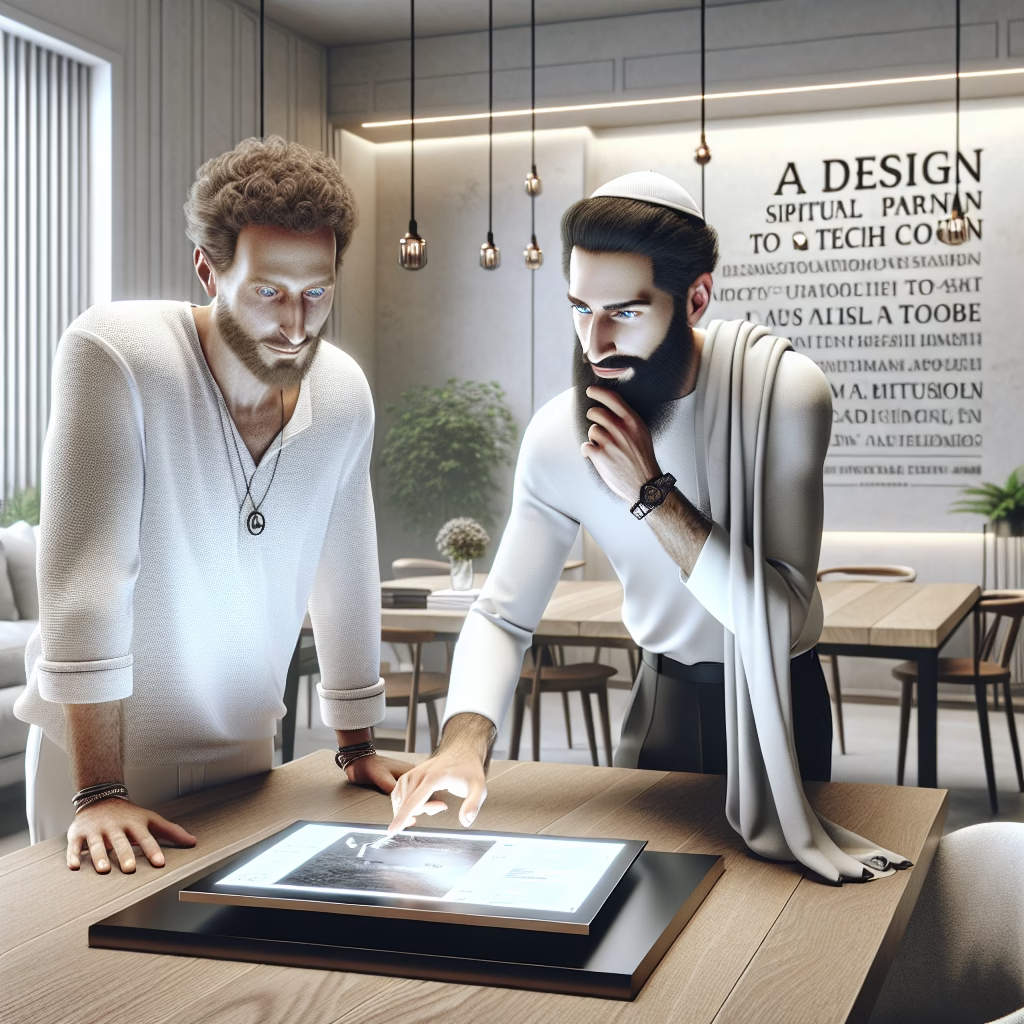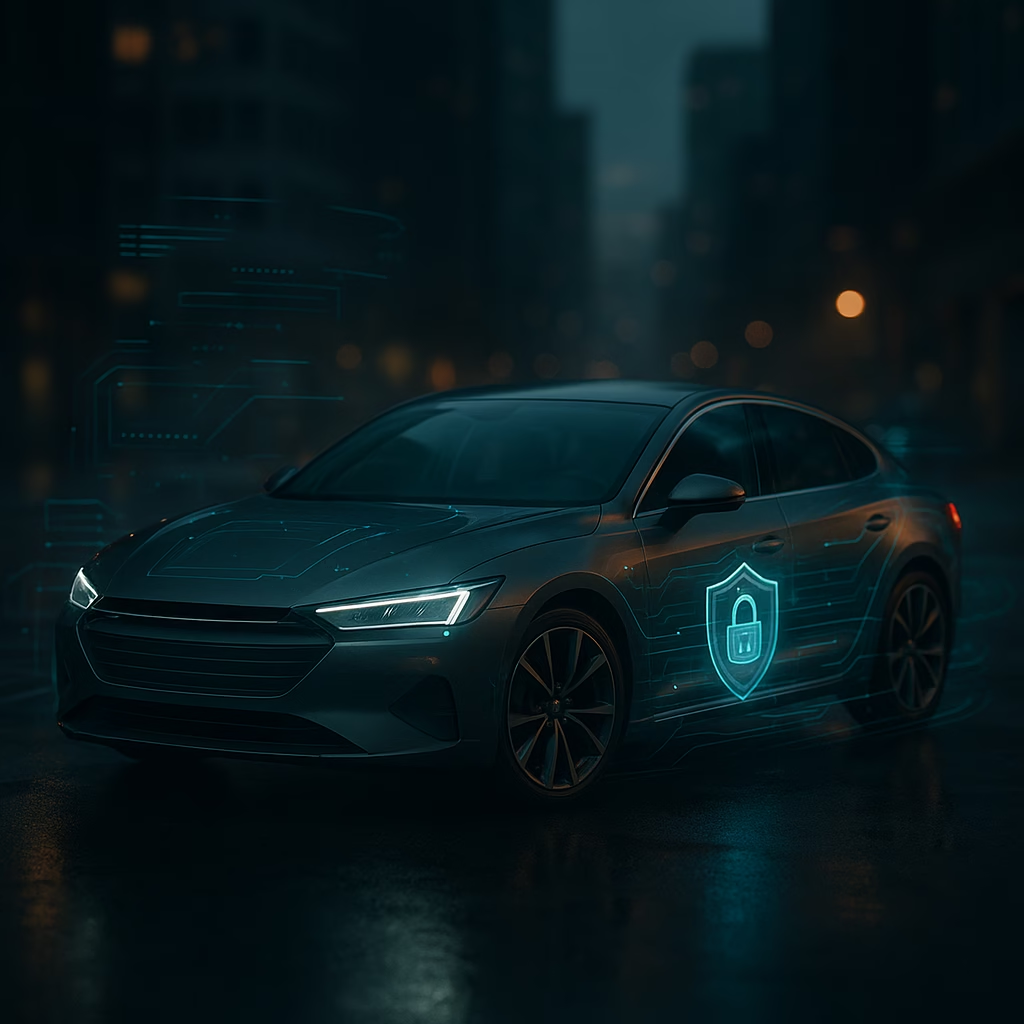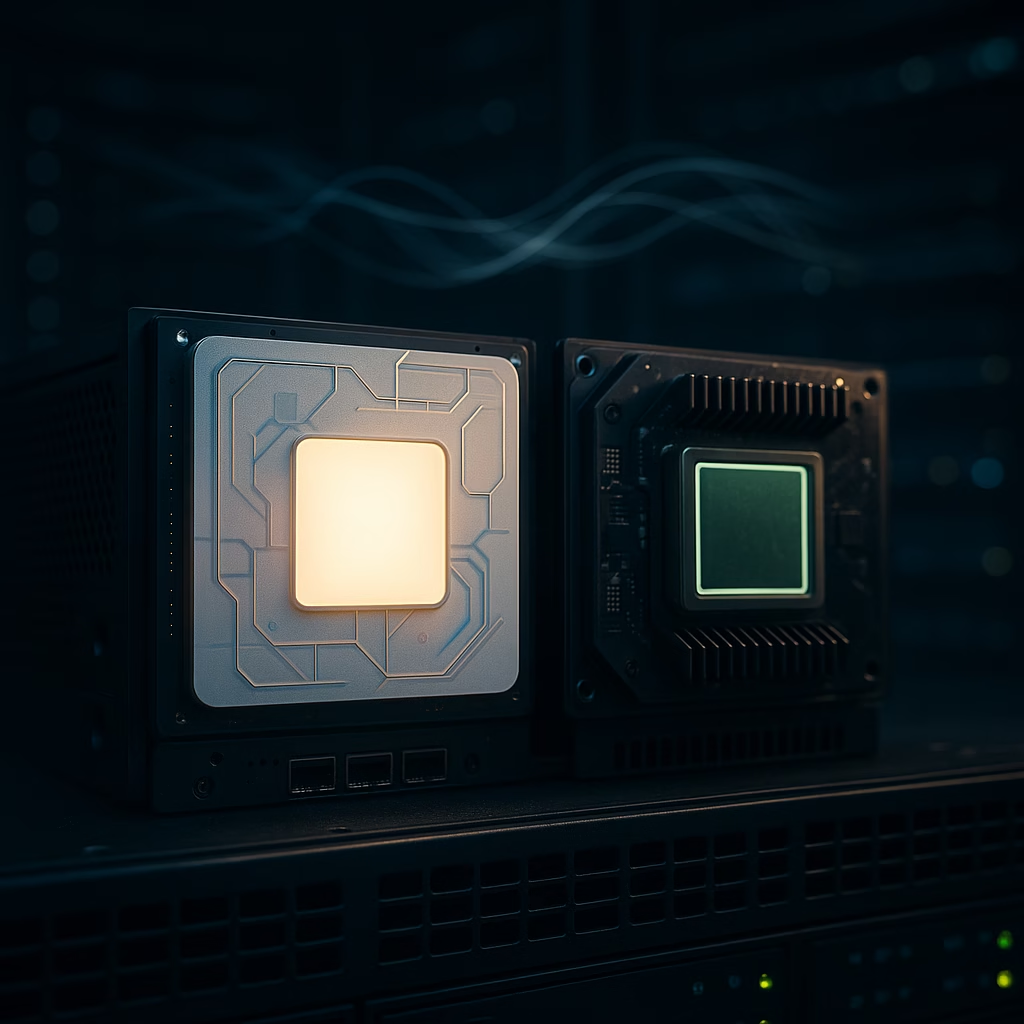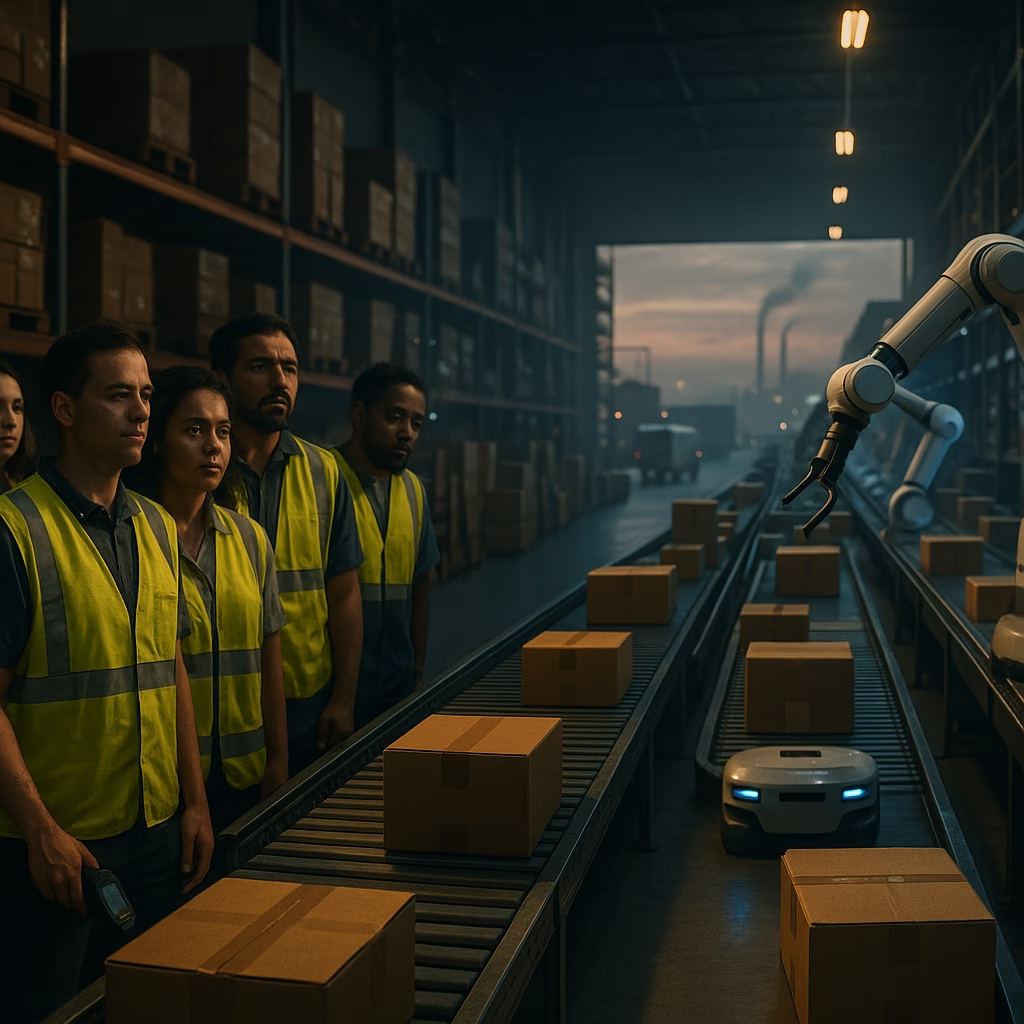Jony Ive Joins OpenAI: Steve Jobs’ “Spiritual Partner” to Shape the Future of AI Design
In a groundbreaking announcement that sends ripples through both the tech and design industries, OpenAI has teamed up with legendary Apple designer Sir Jony Ive to lead its next phase of product vision and design strategy. This move not only highlights OpenAI’s growing commitment to human-centered AI experiences but also revives the design legacy of one of the most iconic partnerships in tech history — that between Jony Ive and Steve Jobs.
Who is Jony Ive? A Design Genius Who Helped Define Apple
If there’s one name synonymous with transformative product design in the technology world, it’s Sir Jonathan Paul Ive, more popularly known as Jony Ive. He is best known for his role as the chief design officer at Apple, where he created some of the most recognizable products in modern history:
- iMac – A bold step toward friendly, approachable computing in bright colors.
- iPod – Revolutionized portable music and consumer electronics aesthetic.
- iPhone – Transformed the smartphone industry with minimalist design and intuitive interaction.
- iPad – A new category of product that emphasized tactile interaction.
- Apple Watch – A fashion-forward piece of wearable tech.
More than just shapes and materials, Ive’s designs embody a philosophy of simplicity, elegance, and user empathy, values deeply shared by his longtime friend and collaborator, Steve Jobs.
The Partnership That Defined Apple: Steve Jobs and Jony Ive
Steve Jobs often referred to Jony Ive as his “spiritual partner.” Their synergy was unmistakable — Jobs envisioned revolutionary products while Ive translated those visions into objects of absolute utility and desire. Together, they made Apple not just a tech company, but a cultural icon.
This relationship was never merely professional. Jobs reportedly prioritized his bond with Ive over pretty much every other executive, often discussing ideas in walking meetings and design reviews seasoned with philosophical depth. Ive’s ability to manifest purity of form and function turned Jobs’ dreams into product reality.
Ive’s Post-Apple Journey: LoveFrom and Selective Collaboration
After leaving Apple in 2019, Jony Ive went on to form LoveFrom, an independent international design firm. Though no longer setting the design pace for Apple, Ive continued to influence design culture across industries. Partnering on projects with Airbnb, Ferrari, and others, his signature aesthetic and sharp design sensibility remained in high demand.
His new collaboration with OpenAI, however, represents a different kind of design challenge — not the hardware he’s known for but the future interface between humans and artificial intelligence.
Why Would OpenAI Want to Work With Jony Ive?
OpenAI’s meteoric rise, powered by products like ChatGPT, has catapulted AI into the mainstream. But critics note that current AI systems, while powerful, still suffer from clunky UX design, disconnected interfaces, and a steep learning curve for everyday users.
Enter Jony Ive — a master of bridging the gap between cutting-edge technology and intuitive experience. This partnership suggests something transformative for OpenAI’s future offerings.
- Human-Centered AI Interaction: Ive’s expertise in making technology “invisible” to users aligns perfectly with the need to make AI more intuitive and accessible.
- Productization of AI Tools: With AI models getting smarter, the real challenge is embedding them into elegant, everyday product experiences — a strength of Ive’s.
- Creating Emotional Connections: Ive understands how design can build trust, comfort, and emotional resonance with users — crucial ingredients for widespread AI adoption.
What Are They Going to Build Together?
While OpenAI and Ive haven’t revealed exact product roadmaps, inside sources suggest they’re currently working on a new breed of AI hardware — possibly a consumer device that redefines how we interact with artificial intelligence.
Speculation ranges from voice-activated assistant devices to wearable AI companions or even AR/VR interfaces. With Ive involved, it’s almost certain we can expect designs that are:
- Minimalist and intuitive usability
- Emotionally thoughtful and human-sensitive
- Personal, yet unobtrusive
Let’s not forget that Ive worked on many prototypes at Apple that never saw the light of day. With OpenAI, he might have the canvas and freedom to evolve some of those pioneering ideas in an entirely new domain.
A Design-Led Future for Artificial Intelligence?
This collaboration also raises important thematic questions: what does it mean to design experiences for intelligence that isn’t human? How does design guide AI to be not just functional, but ethical, responsible, and even beautiful?
Jony Ive’s hiring signals OpenAI’s recognition that their breakthrough AI models are only as impactful as the experiences surrounding them. In a world quickly saturating with generative tools and machine learning applications, design becomes the differentiator.
It’s no longer just about getting AI to work — it’s about helping people feel good about interacting with it on a daily basis.
What Might This Mean for the Tech Industry?
Ive’s legacy, combined with OpenAI’s generative muscle, could birth a new class of products — ones that learn from users intuitively and enrich lives in ways no current interface does. This collaboration could very well set the gold standard for AI product design longevity, much like Ive’s designs did for smartphones, tablets, and wearables.
Possible Ripple Effects:
- Rethinking AI Interfaces: Competitors may follow suit by reimagining their own AI user experiences and hiring top design talent.
- Hardware Revival: We may see a revival of hardware startups thinking deeper about form, function, and emotion in AI-integrated physical products.
- Design Ethics in AI: Encouraging industry-wide discussion around ethical, responsible, and human-centric design in artificial intelligence.
Conclusion: From iPods to Intelligence — Ive’s Next Chapter
Jony Ive once helped usher in a mobile revolution. Now, with OpenAI, he stands at the threshold of what could be another paradigm shift — making AI not just smart, but beautifully integrated into our lives.
This marks a full-circle moment in the evolution of technology and design — seeking not only to innovate functionally but to elevate form and experience. As artificial intelligence becomes a household entity, it requires not only engineers and scientists but artisans and visionaries. In this pivotal moment, Jony Ive’s return to tech could redefine not only how AI looks, but how it makes us feel.
Stay tuned for what promises to be one of the most exciting collaborations in modern tech history.
< lang="en">







Leave a Reply